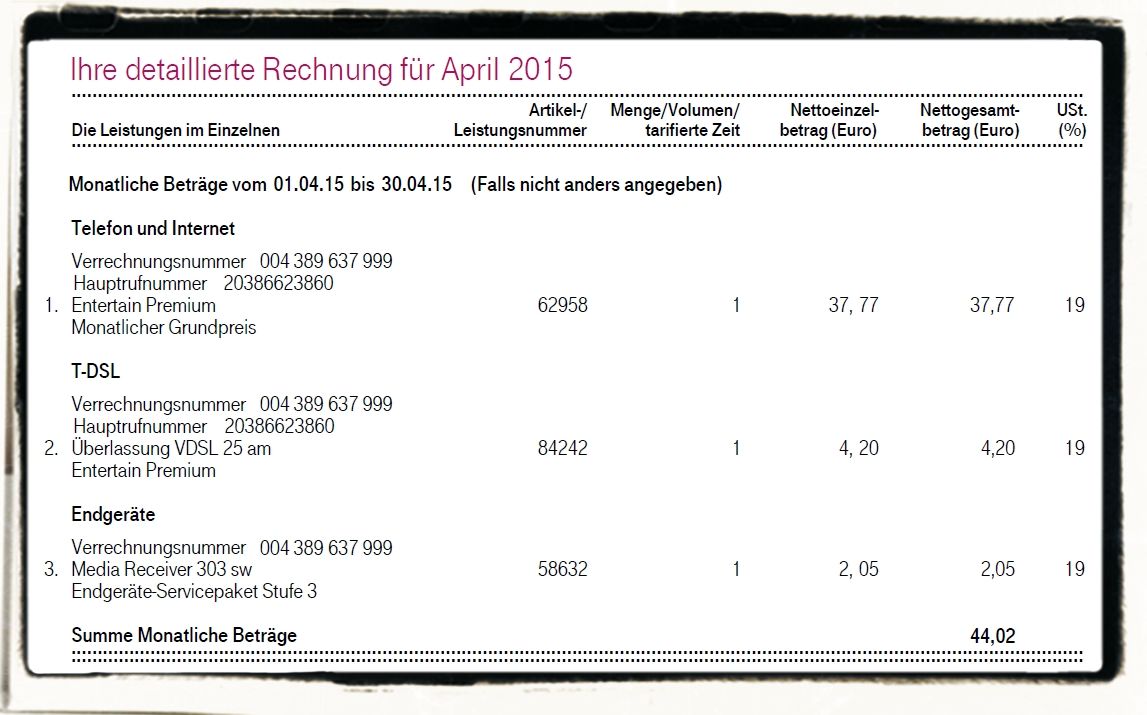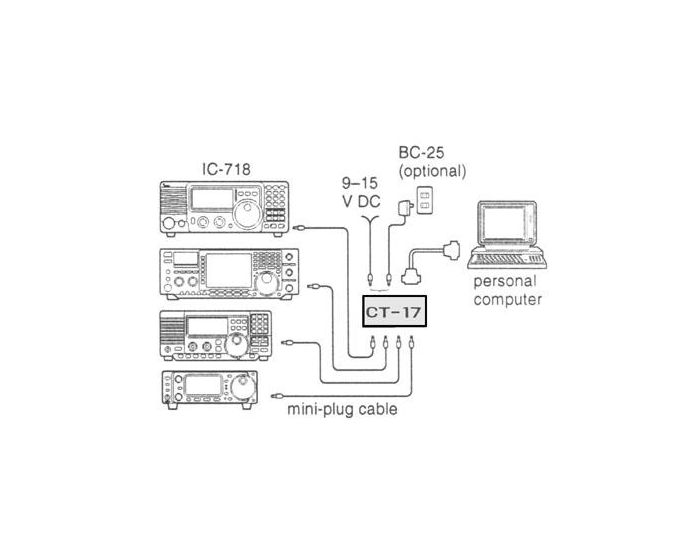

If you find a program that just records until you tell it to stop, you run the risk of capturing static/black screens. If you're going to be capturing on a PC, the program you decide to use will determine whether or not you'll have to hover over your computer. That's why I use FCP for capturing my footage. So, if the tapes are older and suffer from a little deterioration or if there are temporary breaks in the footage (which is very, very common for tape-based camcorders), you'll have to manually press record after each break. iMovie ('06), for example will stop the capture anytime there is a break in the footage. You want to find a program that will encode the video correctly into a format that iMovie will recognize.Īs for pressing record and letting it go, it really depends on the program. Some programs, Pinnacle for example, encode the video with strange (maybe even proprietary.) codecs that iMovie and FCE will not recognize. The best case scenario would be to do everything on the Mac, but if that's not possible, you have to be very careful with the program you're using to capture the footage. Okay device, terrible, terrible software. That happened to me when I bought a Pinnacle Dazzle Platinum. It's a time-consuming undertaking, and you don't want to have to repeat the process because you're unsatisfied by the results. Especially if you're trying to capture old home movies or something similar, you want to be able to preserve the memories in as good of quality as possible. The hardware encoder built into the box will give better results than any camcorder can. And, you can set it up in a RAID configuration so you only have one external hard drive cluttering up your desk.Īnd if you can, definitely spring for the Canopus. It's only a USB 2.0 HDD, but that's more than fast enough for simple DV capture and output. I would venture a guess of 20-25 gigs per hour of video, though it could be more or less.Īs for HDDs, I recently purchased this off of Amazon. I have about 20 old tapes and they only ate up about 400 gigs on the hard drive.

HDD space is not so much an issue with standard definition DV. When I converted my home movies, I wanted the best possible output for archiving reasons, so I output everything as DVCPRO50. After the capture, you obviously have the option of outputting the footage in a myriad of files. All the Canopus capture devices output the footage in DV, so that's what iMovie or FCE will use.


 0 kommentar(er)
0 kommentar(er)
